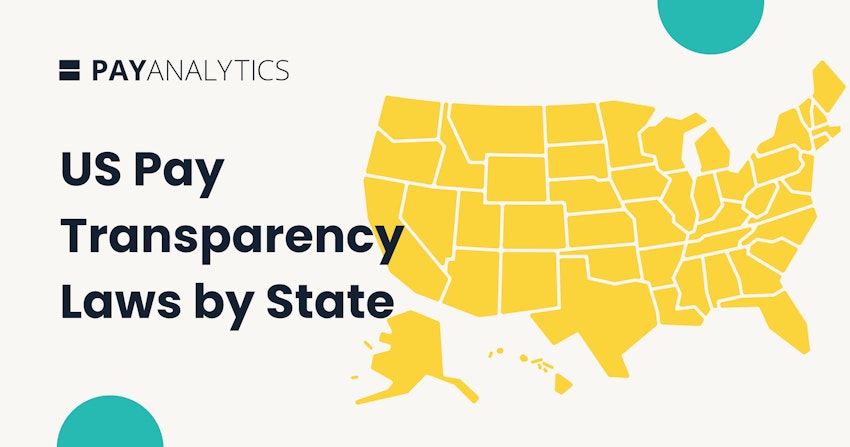Preparing for first-time pay equity analysis

For organizations that have never conducted a pay equity analysis before, the prospect can be daunting. It’s never a small thing to make decisions about employees’ pay. Plus, since your organization has taken the time to build an internal commitment to workplace equity, you want to make sure that you deliver on that promise.
This article identifies the data you’ll need to run a successful initial pay equity analysis. But first, we want to pass on one common piece of advice we give to clients, which is to not let the perfect be the enemy of the good:
- There may be some data that you want but do not currently have. In this case, remember that it’s better to start with what you have than to keep delaying by waiting for a perfect moment that may never come.
- Remember that you can adjust and re-adjust your data and your compensation model before you finalize your results. In fact, most organizations take a few rounds to adjust the model before using the results as a basis for decisions about pay.
The bare essentials: Data you need for your first pay gap analysis
An initial pay equity analysis only requires a few factors. In fact, you can start with only four pieces of data:
- At least one demographic variable. Since most organizations are currently focusing on the gender pay gap, our clients always include gender.
- Compensation information. To start, you only need one compensation type, such as a pay rate, full-time equivalent salary, or total discretionary compensation.
- Job role. These job roles should group different job titles in a way that makes sense for your organization and gives you relatively substantial groups of employees. For example, a company may combine the job titles “Customer Service Associate I,” “Customer Service Associate II,” and “Customer Service Team Lead” into the job role “customer service.”
- Employee identifier. This often comes from an existing employee database.
A note for organizations with small population sizes: it’s important for you not to include too many factors. This is because an overabundance of factors drives down the group sizes, and if a group of employees is too small, there won’t be enough information to make a good comparison. For more information and advice for small organizations, discover pay equity analysis for small populations.

Running your pay equity audit and optional data
To run your pay equity audit, you’ll upload your data into a software program or pass it to a consultant. The software or consultant will then perform a regression analysis. This involves applying statistical methods that will calculate the pay gap (or any demographic pay gap you are interested in).
Based on the results of this initial pass through the algorithm, you can evaluate whether there is any additional data that you may need or want to include in your analysis. Here are some data points that companies often choose to include:
- Many companies choose to add information about multiple compensation types. This can be useful in exploring further questions about pay equity. (For instance, do some employees receive lower bonuses than others for reasons that can’t be explained by objective factors like performance or seniority?)
- Often, the gender pay gap is the focus, so gender is the number one demographic variable we see. However, you could also consider including other demographic factors that may lead to pay gaps or be associated with unconscious biases. For instance, you could collect and include race/ethnicity, national origin, location (for organizations with multiple branches or subsidiaries), disability status, veteran status, or LGBTQIA+ community identities.
- Objective factors that might contribute to pay. For instance, employees’ pay may be influenced by responsibilities, job qualifications (skills, knowledge, education, certifications), working conditions, tenure with the company, or office location (some locations may have higher cost of living). One factor that may influence pay is performance. However, it is important to note that many performance evaluations can capture and reflect unintentional bias, which will then introduce bias into your model.
- Employers may choose to (or in some cases, may be required to) make sure that their job roles are defined in a way that the employees in each group are truly comparable. This is often known as job evaluation, and it involves assigning value to job and employee characteristics based on standard, objective criteria like those mentioned above.
Take the stress out of pay gap analysis with PayAnalytics
PayAnalytics was designed to deliver powerful analytical tools in a user-friendly package. Our software platform’s design takes the stress out of pay equity analysis, from straightforward data uploading to visual displays that make your pay gap measurement and other results easy to understand. Built-in video tutorials will guide you every step of the way, from your first analysis through using our advanced features.
We are always happy to talk with organizations at key moments along their pay equity journey. Get started with a personalized 30-minute discussion and demo of our software solution.





